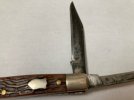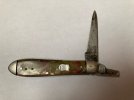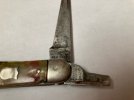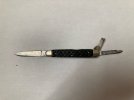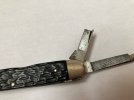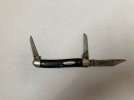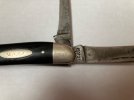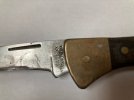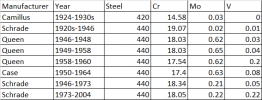Larrin
Gold Member
- Joined
- Jan 17, 2004
- Messages
- 5,036
OK I have purchased a range of vintage knives to try to answer some of the questions I previously stated and maybe a couple more such as when companies started using 440A instead of 420 and what hardness the early stainless knives were. And if Queen was indeed using 440C before switching to 440A. I have dated the knives using the tang stamps but maybe an expert might have a better/different idea of the year on some of these.

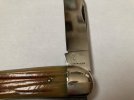
Queen stainless - 1946-1948


Queen steel 1949-1958. Stamp is not complete so perhaps this one is debatable.
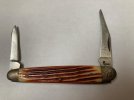
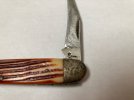
Queen steel 1958-1960
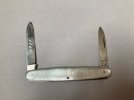

Schrade stainless 1920s-1946
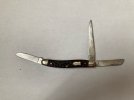
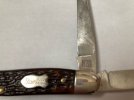
Schrade stainless 1946-1973


Queen stainless - 1946-1948


Queen steel 1949-1958. Stamp is not complete so perhaps this one is debatable.


Queen steel 1958-1960


Schrade stainless 1920s-1946


Schrade stainless 1946-1973


